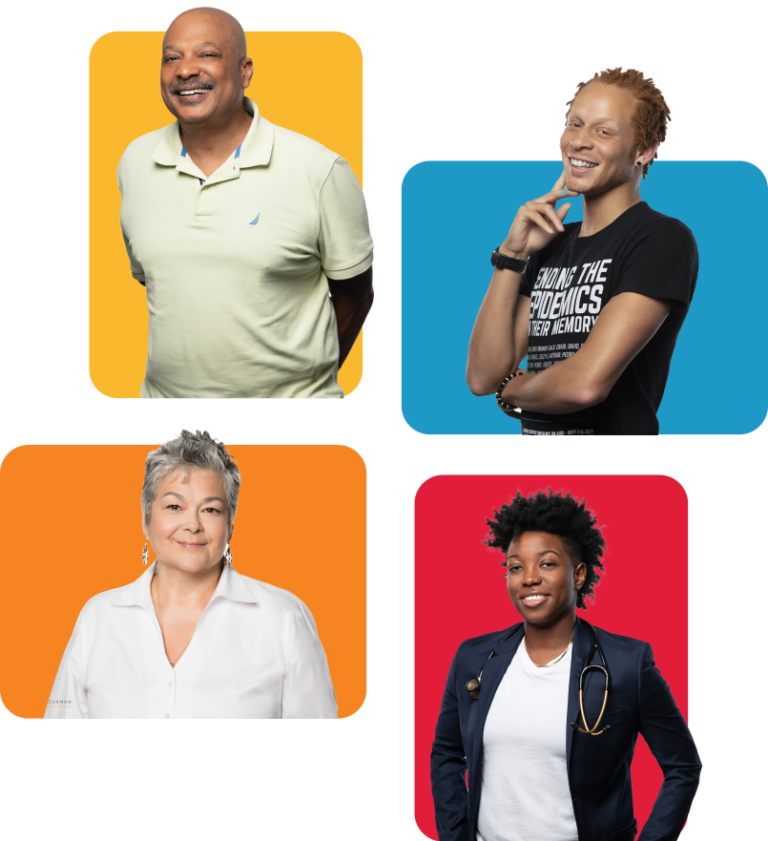

Providing affordable, inclusive, compassionate healthcare based on who you are and what you need through a wide variety of services including primary medical, dental, and mental health.
Creating healthier communities and advancing good health for all through person-centered public health research, innovative clinical trials, and evidence-based policy solutions.
Enlisting support to continue Whitman-Walker’s 50+ year legacy and ensure our future growth. Together and through philanthropy, we will achieve great impact.
Primary and medical care based on who you are and what you need.
Whether it is the smooth feel of a fresh cleaning, or the relief of a filled cavity, you are in the best hands for oral care and hygiene.
When addressing the needs of the whole person, our team of social workers and community support specialists address the needs of the whole family.
Breaking through legal barriers to achieve improved health and wellness outcomes for our clients and patients. All services are provided free of charge.
Providing critical consumer outreach and enrollment assistance to uninsured and under-insured DC residents.
Our behavioral health programs including peer support, substance use treatment, psychotherapy, psychiatry, and gender affirming assessment for adults and youth.
Same day walk-in appointments for acute or rapid sexual health care needs.
Striving to provide a safer, respectful, and affirming environment that meets the needs, and supports the livelihood of our transgender and gender expansive patients.

For over fifty years, Whitman-Walker has been a beacon of hope and a cornerstone of the DC and national communities. Our comprehensive approach ensures that our healthcare services are informed by cutting-edge research, progressive policies, and robust education and training programs. This integrated model allows us to provide exceptional, inclusive care to our local community while our research impacts on a global scale.
We serve more than 20,000 patients and clients each year.
Our research team has been involved in every single HIV related clinical drug trial since 1987, and we have been part of the longest running research program studying HIV and aging for the past 20 years.

For over 50 years, Whitman-Walker has built a legacy of providing compassionate health and wellness services, participating in cutting edge research, and protecting people nationwide through fierce policy and advocacy endeavors. We know that we could not have reached this milestone without our family of supporters. We are profoundly grateful for your continued support of our lifesaving mission.
Whitman-Walker at 1525
1525 14th St. NW
Washington, DC 20005
Whitman-Walker at LIZ
1377 R St. NW, Suite 200
Washington, DC 20009
Max Robinson Center
1201 Sycamore Dr. SE
Washington, DC 20032
Get the latest Whitman-Walker Health community news delivered to your inbox!
© 2024 Whitman-Walker. All Rights Reserved.